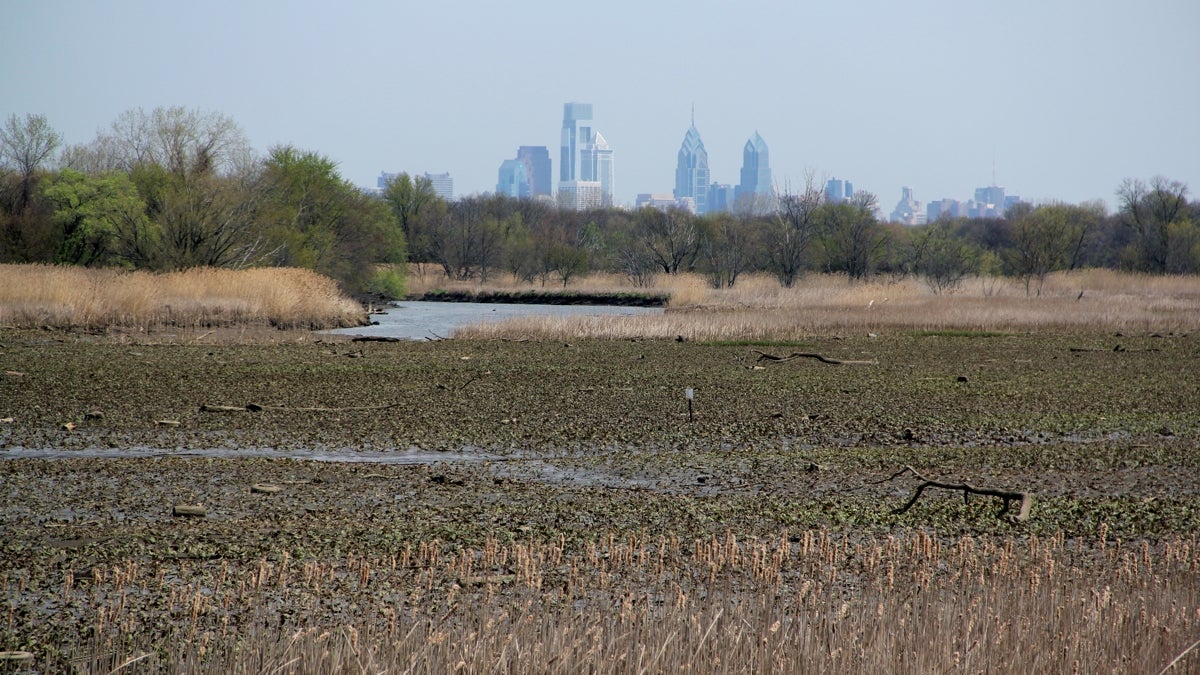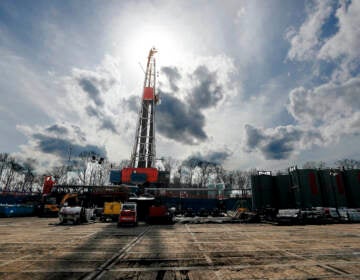The role of water in preparing our cities for a better future

President Trump is committed to eliminating the Waters of the U.S. Rule, which outlines federally protected waterways. Critics of the rule say it hampers development and hurts farmers. Environmentalists say the rule is necessary to protect ecosystems and drinking water. How can the Trump Administration change water rules already in place, and what will happen to Obama Administration proposals? WHYY is hosting a public discussion, “Trump and Our Water Systems: A StateImpact Discussion,” on March 6, about these and other questions. Former CEO of Philadelphia Water Howard Neukrug is a guest on the panel and contributed this essay in advance of the event.
—
We live in the greatest country on earth during an era of grand technological innovations that are providing more and more opportunities for all of us to become more efficient, effective, and prosperous. In the business sector I am most familiar with — the global water industry — we are at the cusp of moving new water technologies to practical use.
A small component of this shift is called “smart water” which incorporates advancements in cloud-based data collection and interpretation in all facets of operation, management, and customer interaction.
And smart water is now meeting smart cities. The benefits of linking the digital and infrastructure systems of the urban water utility with those of our urban centers are about to pay big dividends in transportation, food production and delivery, and energy, as well as water systems. We are about to take a big leap toward creating thriving, sustainable, and resilient cities — even in this period of great environmental, political, social, and economic change and uncertainty.
Perhaps nowhere are these changes needed more than in many of our inner cities, where the pattern of declining population and tax base has often been met with a continuing downward spiral of poverty, crime, unemployment, and other societal ills. Many among us, especially those who continue to live in such cities, see this decline as the national disregard (or worse) for its most vulnerable and disadvantaged citizens.
We all bear witness to the outward signs of neglect every day. Sometimes it is in the deterioration of our most basic infrastructure networks: the structural disrepair of our homes and businesses, our streets and bridges, and our aging water systems. Other times it is most apparent in the breakdown of our most precious institutions — schools, hospitals, government services. As decline spreads, it can become an almost daily crisis of life and death, destruction and despair.
This decline has received considerable notoriety of late through the media coverage of water crises in Flint, Michigan. Flint taught us that while we can all see the decay of our bridges, lakes, roadways, schools, and communities, the same decay is occurring hidden from view in the arteries and veins of our cities — the water and sewer networks that give our residents the assurance of good public health and sanitation and a clean environment.
And why not despair? Most of our citizens and their leaders do not have the time or resources to change things, much less find a way forward. For some elected and public works officials, the best they can do is manage the decline, relegated as they are to the daily heroics of various social, economic, and environmental crises. There needs to be a plan, a hope, and a vision for the future. Every city needs and deserves a way out.
It is too soon to know what the national response to these urban crises will be under the new Trump administration. But it is never too early to start making plans with the few new tools we have. And, as I noted before, the toolkit is only growing.
The U.S. water industry is now calling out for help. We need to assert the connection between the maintenance and renewal of our water systems and the sustainability of our cities. For our water systems to be resilient and sustainable, they must be supported by a thriving city base, and vice versa.
How do we create more efficient and effective institutions while managing decline and emergencies? How do we plan for our cities’ futures when all our attention and money is focused on single, high-priority projects?
Good change will require the time to seek out common solutions to the multivariate challenges that cities face. We need to identify the problems, prioritize efforts, secure funding, and design, build, and manage these projects. And rebuilding with new technologies can lead to efficiencies and long-term sustainability.
Our efforts should go toward identifying ways to help cities before the next crisis (think: Flint or, more recently, the Oroville Dam in California). Crises require big money to put things back the way they were. Our cities deserve more.
Every city is unique. Every city deserves support and focus from those of us fortunate enough not to be among the valiant residents and elected officials at the battle lines every day. We cannot do the work for them. These are their cities to rebuild. What we can provide is the time, the space, the empathy, and the expertise to help them get it right.
WHYY is your source for fact-based, in-depth journalism and information. As a nonprofit organization, we rely on financial support from readers like you. Please give today.







